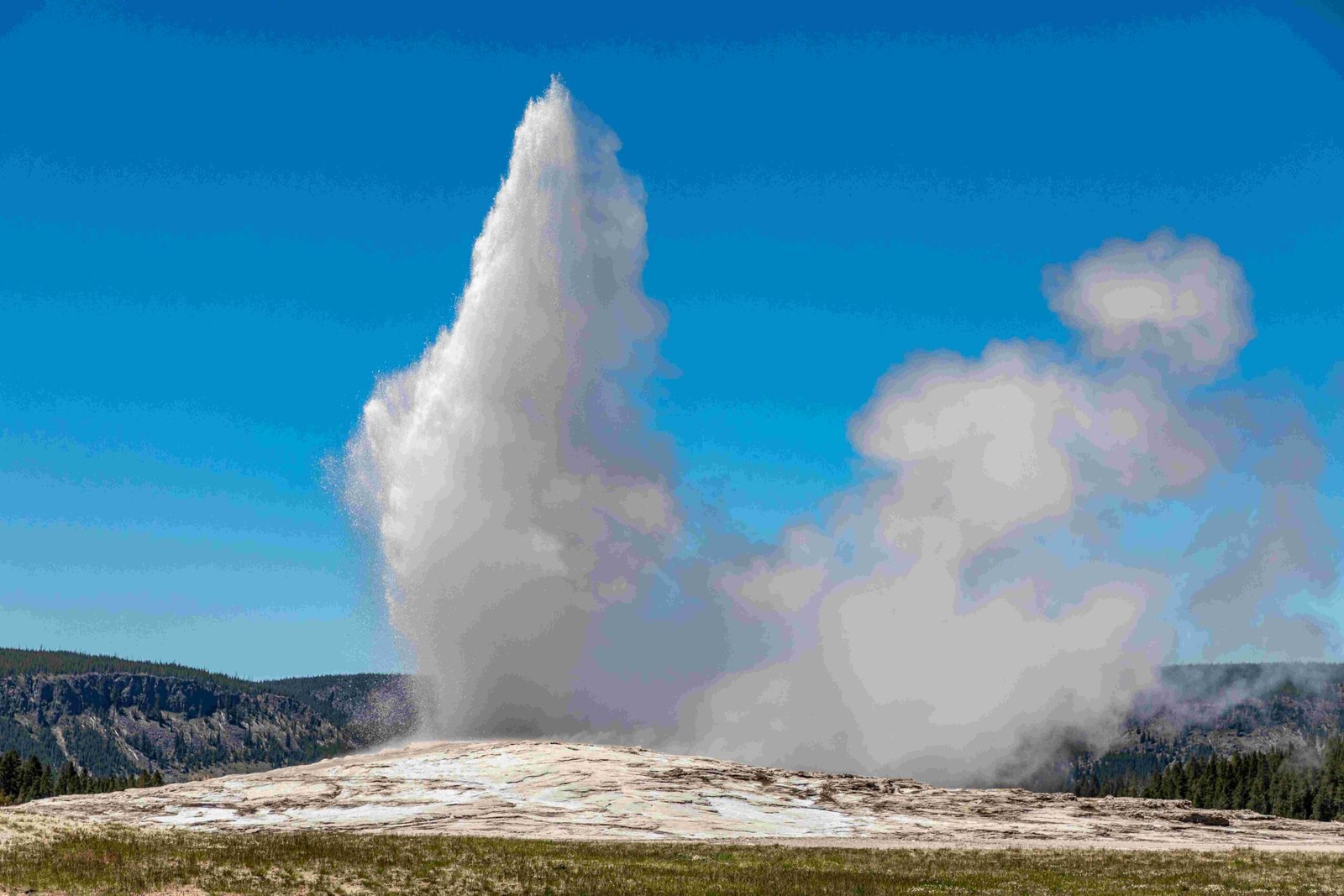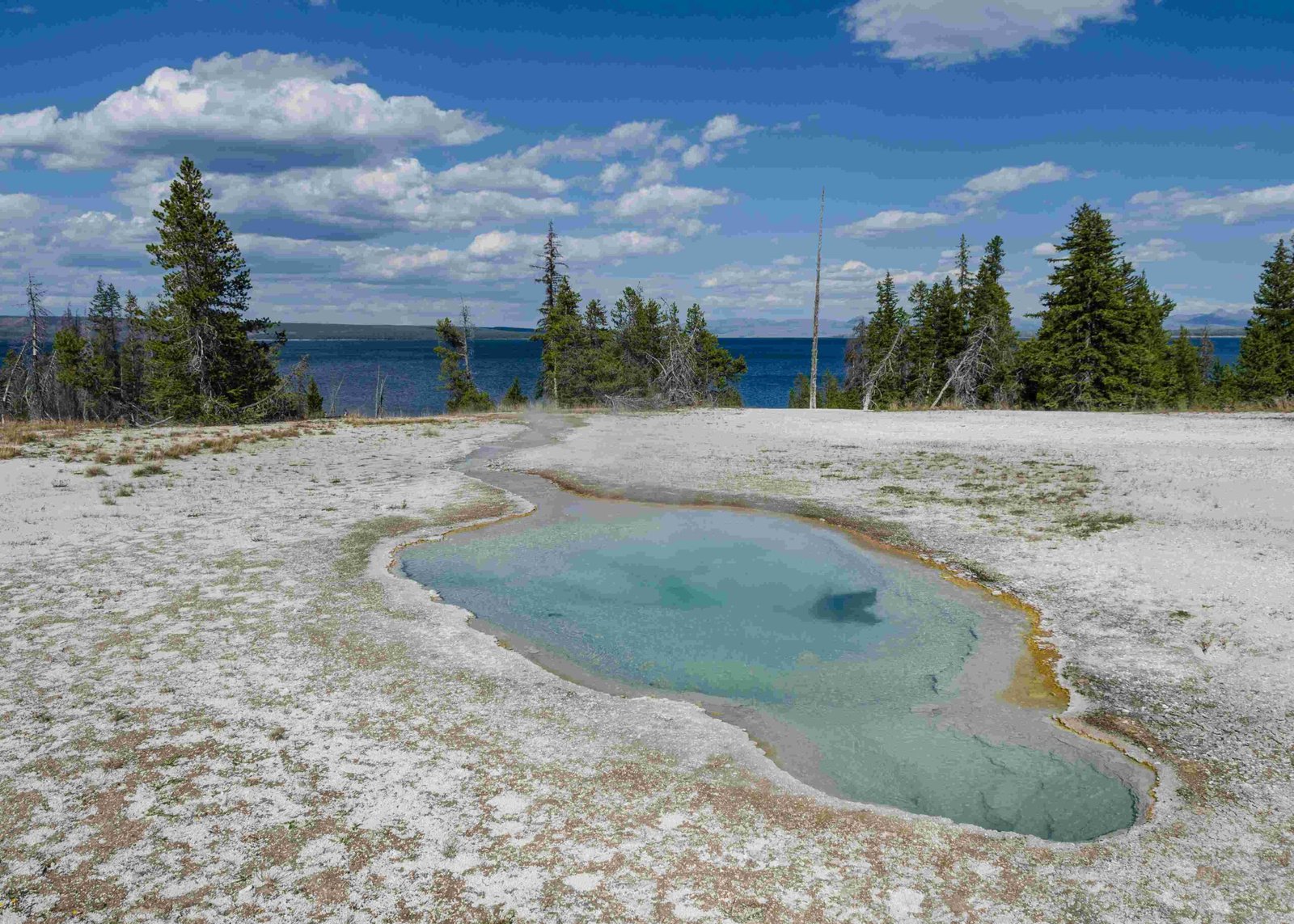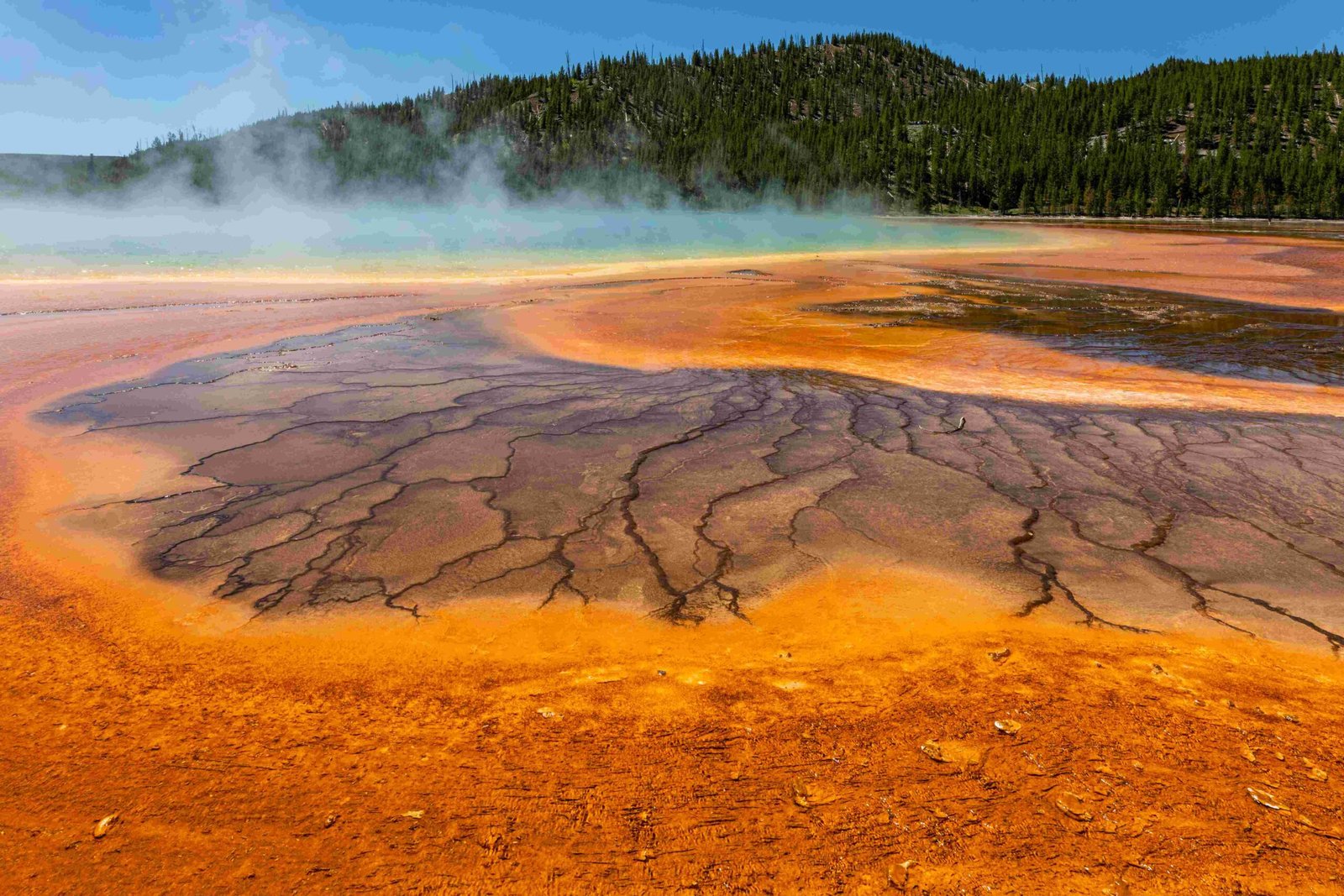Yellowstone National Park has experienced significant land use changes over the past 50 years. These changes include population growth, increased housing density, shifts in agricultural use, and expanded development. The Greater Yellowstone Ecosystem (GYE) has seen its human population more than double, while housing density has tripled. These changes have impacted wildlife habitats, migration patterns, and biodiversity, necessitating adaptive management strategies to balance conservation with human needs.
What Are the Major Land Use Changes in Yellowstone National Park?

The Greater Yellowstone Ecosystem, which includes Yellowstone National Park, has undergone substantial transformations in recent decades:
- Population Growth:
- 140% increase in human population across 20 GYE counties (1970-2021)
-
Housing density tripled during the same period
-
Agricultural Use:
- Remained relatively constant from 1920 to 1990
-
Slight decline since 1990 to about 18% of land use
-
Development:
- 31% of GYE covered by developed lands by 2016
-
New developments disproportionately located in biodiversity-rich areas
-
Climate Change:
- Increasing concern for resource protection and park operations
- Managers planning for extreme weather events
How Have These Changes Impacted Wildlife and Ecosystems?

The land use changes in Yellowstone National Park have had significant effects on the local flora and fauna:
- Wildlife Migration and Habitat:
- Fragmentation of habitats due to residential and agricultural expansion
-
Disruption of ecological processes within the park
-
Invasive Species:
- Introduction and spread of nonnative plants and animals
-
Influenced by surrounding land use activities
-
Wildland Fires:
- Changes in frequency and magnitude
-
Affected by human activities and climate change
-
Biodiversity:
- Pressure on biodiversity hotspots, including:
- Grizzly bear habitats
- Bird hotspots
- Riparian zones
What Amenities and Facilities Have Been Added or Modified?
While specific statistics are not provided in the primary sources, general trends in facility improvements include:
- Visitor Centers:
- Ongoing efforts to expand and improve facilities
-
Aimed at accommodating increasing visitor numbers
-
Campgrounds and Parking Areas:
- Improvements to manage growing visitor numbers
- Exact numbers not specified in sources
How Has Transportation Changed to Access Impacted Areas?
Transportation options and accessibility have evolved to manage the changing landscape:
- Road Conditions:
- Subject to seasonal closures due to weather
-
Some roads closed during winter, reopening in spring
-
Shuttle Services:
- Introduced to reduce congestion
-
Improve visitor access to popular areas
-
Personal Vehicles:
- Still allowed with restrictions and guidelines
-
Measures in place to manage traffic and protect environment
-
Alternative Transportation:
- Biking and walking encouraged in designated areas
What Events and Activities Are Affected by Land Use Changes?
The park’s activities and events have been influenced by land use changes:
- Wildlife Viewing and Hiking:
- Increased participation due to conservation efforts
-
Challenges in balancing access with resource protection
-
Educational Programs:
- Guided tours and programs to enhance visitor experiences
-
Promote conservation awareness
-
Activity Management:
- Balancing visitor access with resource protection
- Challenges include:
- Managing crowd sizes
- Maintaining habitat integrity
- Ensuring visitor safety
How Are Park Managers Addressing These Changes?
Park managers are implementing various strategies to address land use changes:
- Adaptive Management:
- Developing flexible approaches to resource protection
-
Responding to climate-related events
-
Conservation Efforts:
- Focusing on preserving biodiversity hotspots
-
Protecting wildlife migration corridors
-
Visitor Experience:
- Improving facilities to accommodate increased visitation
-
Implementing educational programs to promote conservation
-
Sustainable Practices:
- Encouraging eco-friendly transportation options
- Implementing measures to reduce human impact on the ecosystem
What Future Projections Exist for Yellowstone’s Land Use?
Based on current trends, several projections can be made:
- Housing Density:
-
Expected to double again by 2050
-
Development Pressure:
-
Continued expansion into areas important for biodiversity
-
Climate Change Impacts:
- Increased frequency of extreme weather events
-
Potential shifts in ecosystems and wildlife distributions
-
Conservation Challenges:
- Ongoing need to balance human use with ecosystem preservation
- Potential for new management strategies and technologies
In conclusion, the Yellowstone National Park land use change presents ongoing challenges and opportunities for park managers, conservationists, and visitors alike. Balancing the needs of a growing human population with the preservation of this unique ecosystem will require continued adaptation, innovation, and commitment to sustainable practices.
References:
1. https://www.nps.gov/im/gryn/land-use.htm
2. https://www.nps.gov/yell/learn/nature/land-use.htm
3. https://en.wikipedia.org/wiki/Yellowstone_National_Park

